Enjoying Accessible National Parks After Spinal Cord Injury
I’ve always had a deep love for the U.S. National Parks. Growing up in Northern California, I was fortunate to have numerous trips to Yosemite and Sequoia National Parks as a child and I know that being exposed to these beautiful places at a young age contributed to my deep love of nature and the outdoors. I also spent many years as an adult leading biking and hiking tours through a number of national parks and continued to be amazed by these spectacular places. Once I suffered my spinal cord injury, I was worried that I wouldn’t be able to visit or appreciate these places anymore.
Thankfully, I was wrong.
One of the most important things for any wheelchair user to know is that because the national parks are federally run, they must be fully compliant with the Americans with Disabilities Act (ADA) and, as such, are a great place to visit and explore. To avoid any possible confusion, this does not mean that every site or all trails within the parks are completely accessible, far from it in fact. But it does mean that most, if not all, of the public facilities in the parks (i.e. lodges, restaurants, bus or shuttle stops, pathways in centralized areas, parking lots, and maybe most importantly, bathrooms) are ADA compliant.
I want to share a few examples of my experiences post-SCI in the national parks with the hopes that anyone who has interest but has been hesitant or unsure can rest assured that these parks are some of the best ways to enjoy nature and explore the amazing beauty of our country.
A few highlights:

- Yosemite (California) – I’ve been back to Yosemite twice since my injury and found that there are miles of paved paths going through the valley, connecting many of the main sites. Additionally, some of the paths to views of waterfalls and other sights are either paved, hard packed dirt or otherwise very doable in a wheelchair. Also, there are fully ADA-compliant tent cabins with accessible bathrooms and showers right in the middle of the valley. I stayed in one of these cabins and loved the central location and affordable cost.

- Zion (Utah) – A while ago, the park decided to ban cars in the main canyon of the park where most of the sights are and only allow their own shuttle buses. The result is a remarkably peaceful area that never feels too crowded. The shuttle buses run regularly and all of them are equipped with ramps/lifts to enter and straps to safely attach the chair. More importantly, I was pleasantly surprised that every shuttle bus driver was comfortable and well-versed on how to use all of this equipment, and easily loaded and unloaded me. There were at least two paths that I could negotiate in my wheelchair.

- Bryce Canyon (Utah) – The paved path that follows along the rim of Bryce Canyon National Park, allowing an up close look into the canyon and unparalleled views of the hoodoos (geological rock formations) that make the park so unique, is accessible! I did a mile or so of this path but there was plenty more to see.

- Grand Canyon (Arizona) – Who doesn’t want to see this natural wonder of the world?! The good news is that many of the viewpoints are along the rim of the canyon, looking down into it. That also means that there is paved access to many of these points as well as many of the lodges and hotels within or just outside the park.

- Yellowstone (Wyoming) – I was pleasantly surprised at how much access I had throughout the park. The wooden paths traversing the geysers, viewpoints, and short paved paths leading to memorable sights were all accessible. Also, since one of the draws of this place is the incredible wildlife, much of that is accomplished while driving through in a car.

- Joshua Tree (California) – This is a spread out park with a number of hiking trails. While there are only a couple of short, dirt paths that are doable in a wheelchair (I explored them), the truth is most visitors drive from sight to sight in this park and you can see many of the beautiful rock formations from the car or from the trailheads. The quiet serenity of the desert and beauty of this park are easily enjoyed while driving through.
This is only an abbreviated list of a few of the parks I’ve personally visited and experienced but the bottom line is, don’t think that you can’t enjoy the splendor of America’s National Parks if you have limited mobility. There are ADA options and accessible activities available, so get out there and enjoy!
Stay tuned for my next post, which is specifically about my first visit to Glacier National Park in Montana…

Arash Bayatmakou is a Spinal Cord Injury Survivor, Author, Motivational Speaker and Entrepreneur.
Follow his blog, Arash Recovery.
Discover his book, Little Big Steps.
Watch his TEDx video.
Check out his nonprofit, No Limits Collaborative.
More Articles Related to Accessibility After Spinal Cord Injury:
- Wheelchair-Accessible Adventures in Big Sky, Montana
- Access Unlimited – Making The Great Outdoors Accessible
- Mobility in the City Video: Washington, D.C. – Aaron Baker, Spinal Cord Injury Lifestyle Specialist
- Video: Driving with a Spinal Cord Injury
- Market Haul: Grocery Shopping with a Spinal Cord Injury






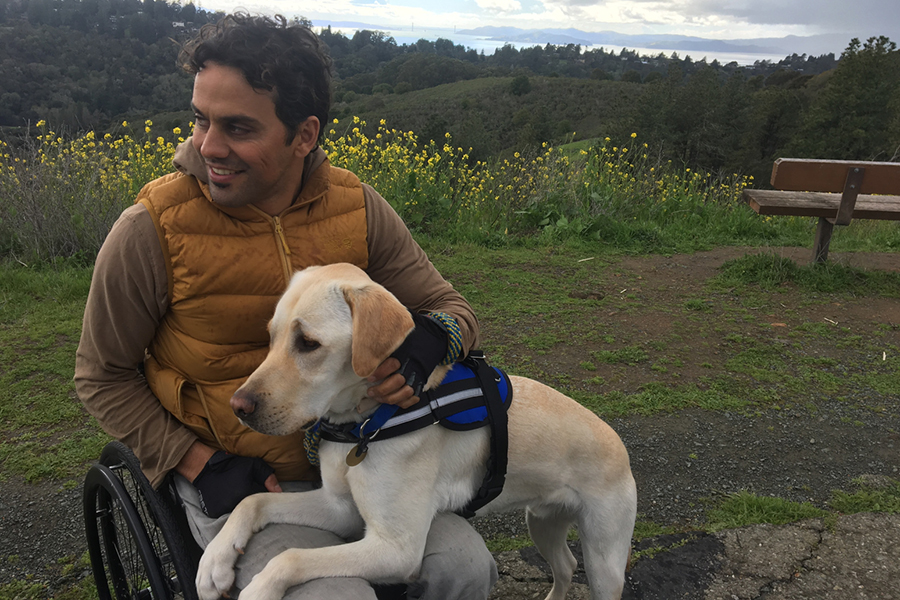


 I have c6 injury and I have lots of spasm in my whole body. What can you suggest to help?
I have c6 injury and I have lots of spasm in my whole body. What can you suggest to help?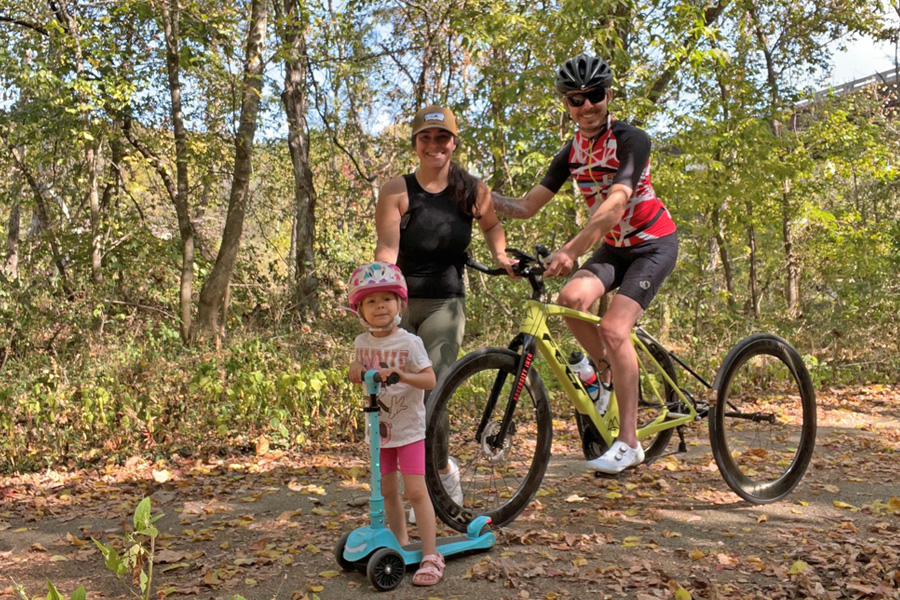
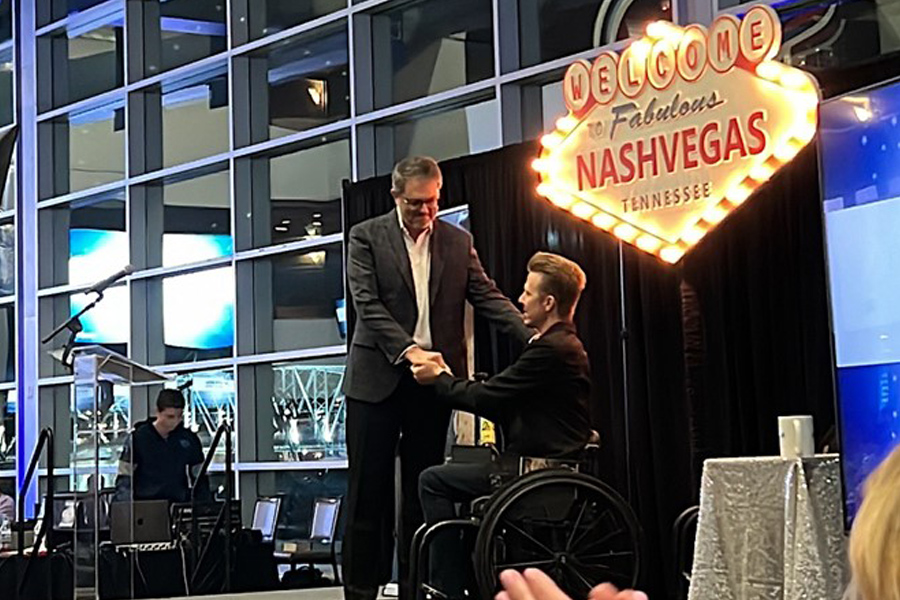
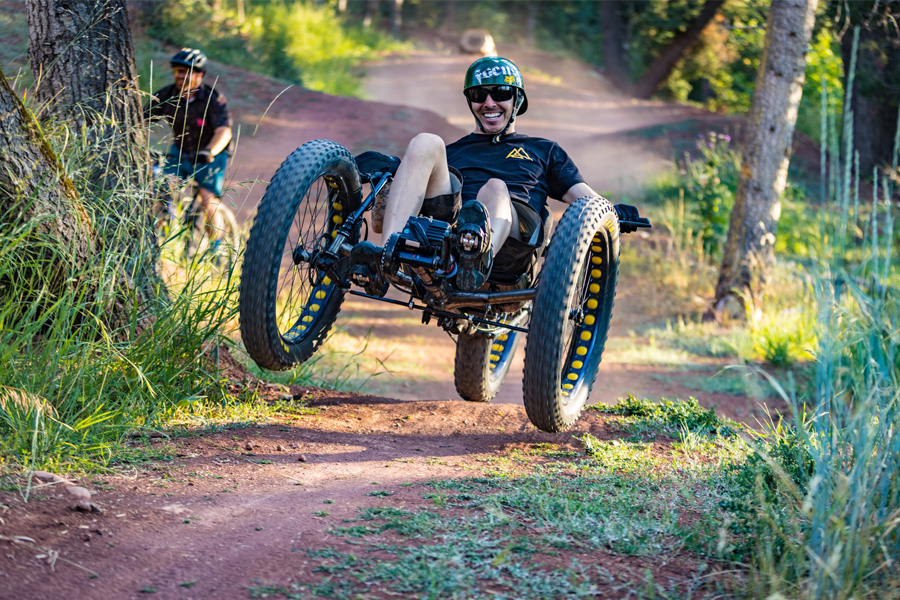

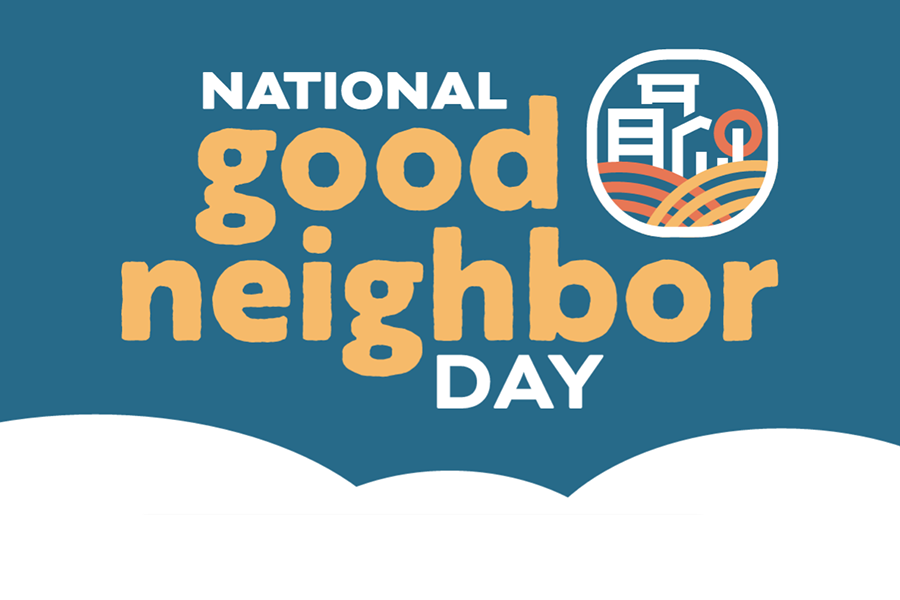
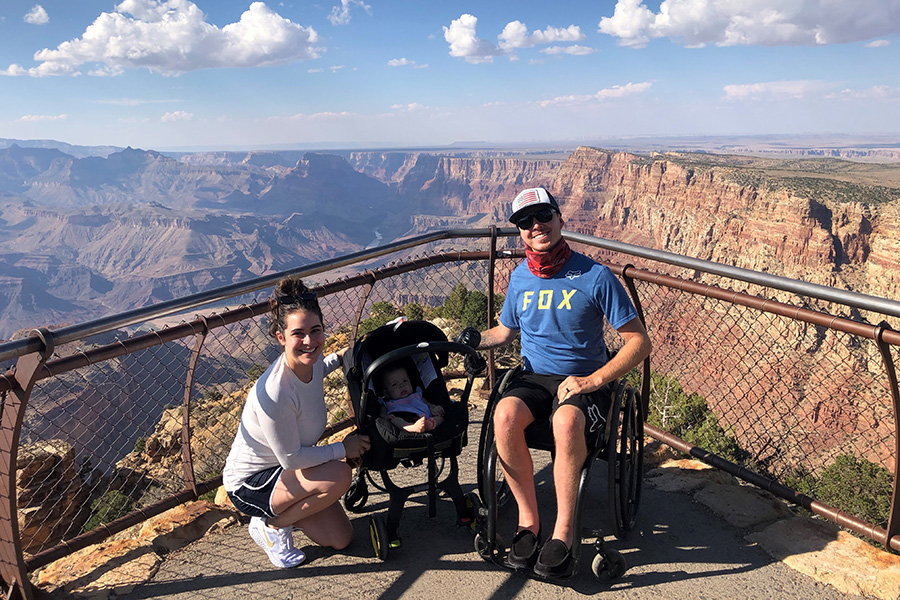
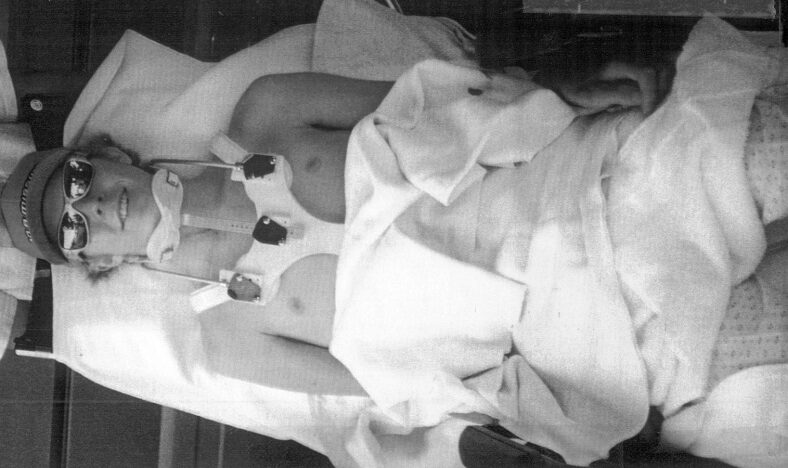
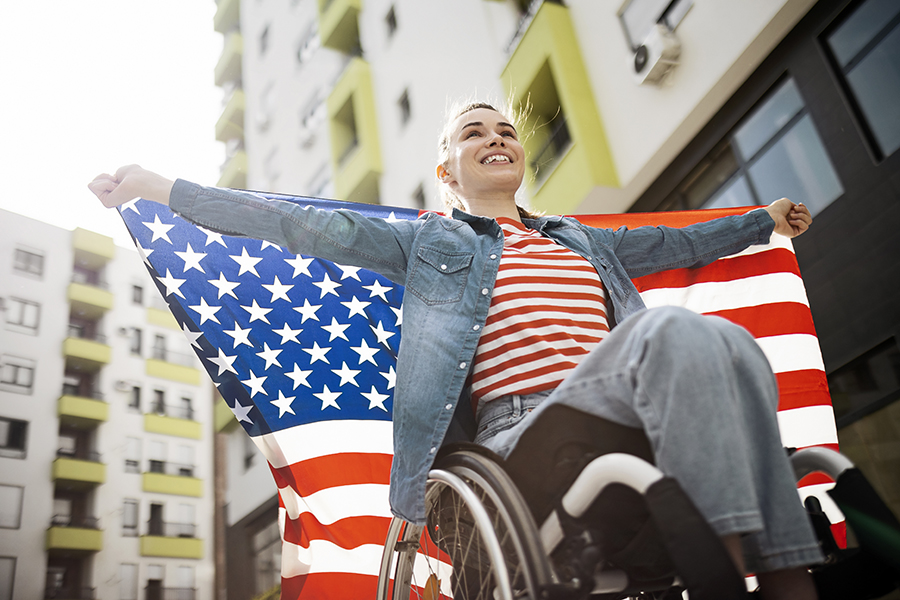
A rash
Are you from turkey.????
I had a stroke four years ago
Check out the Shepard center in Atlanta for spinal cord injury
Marie